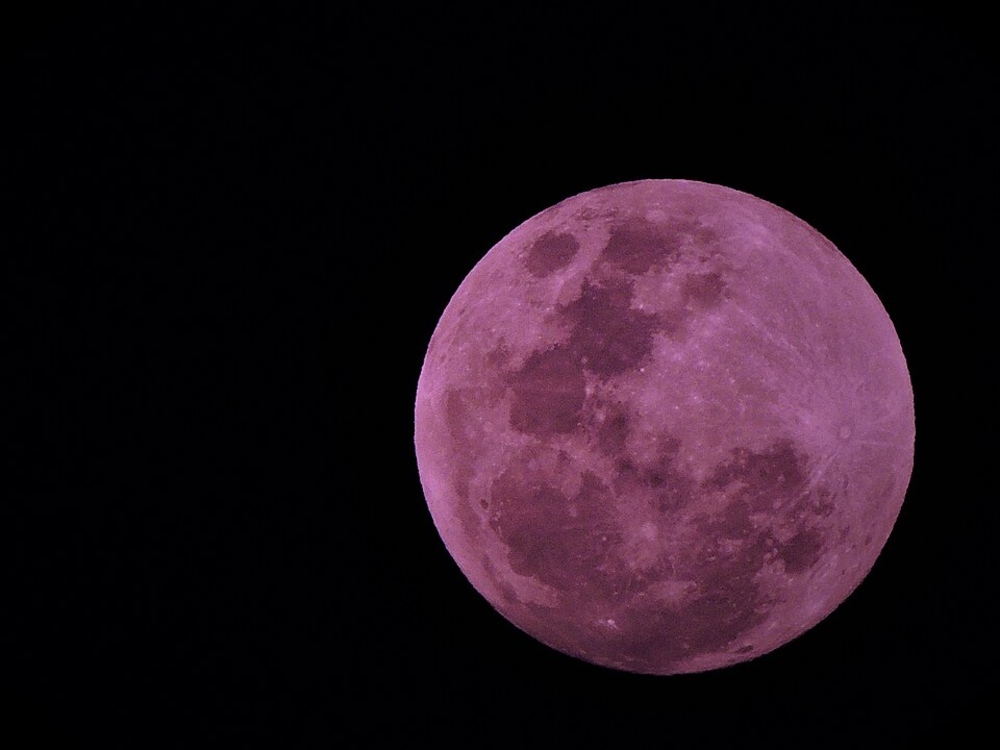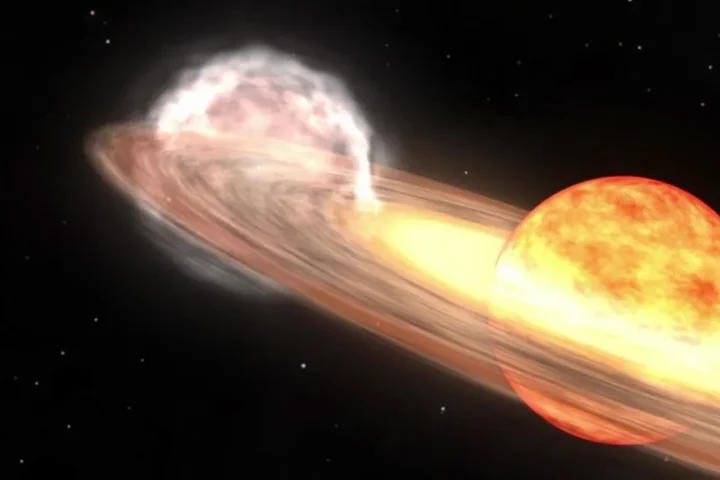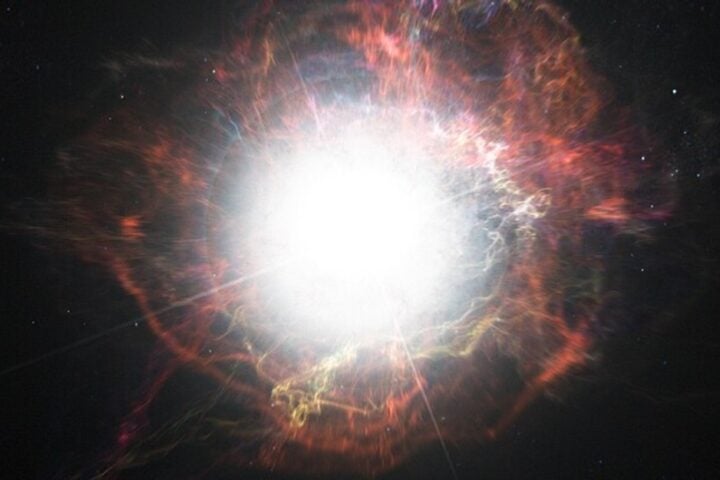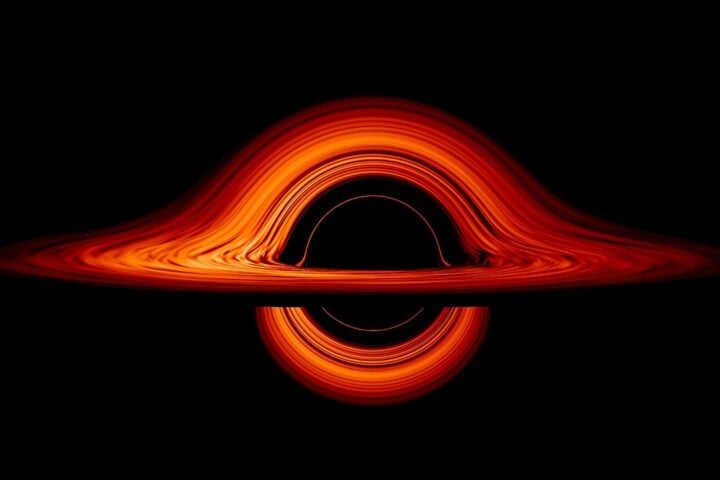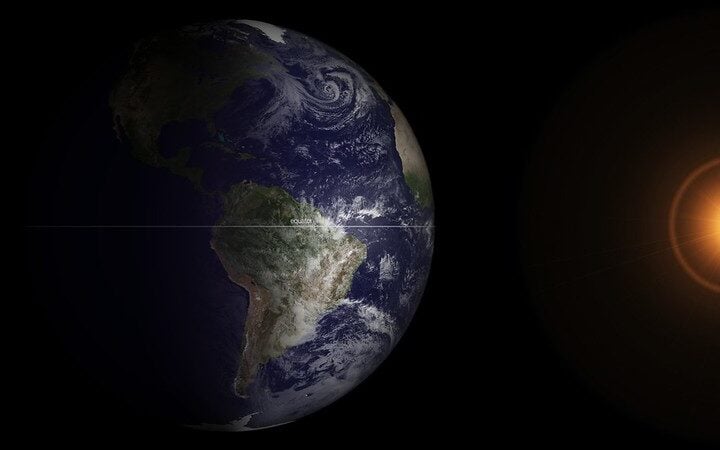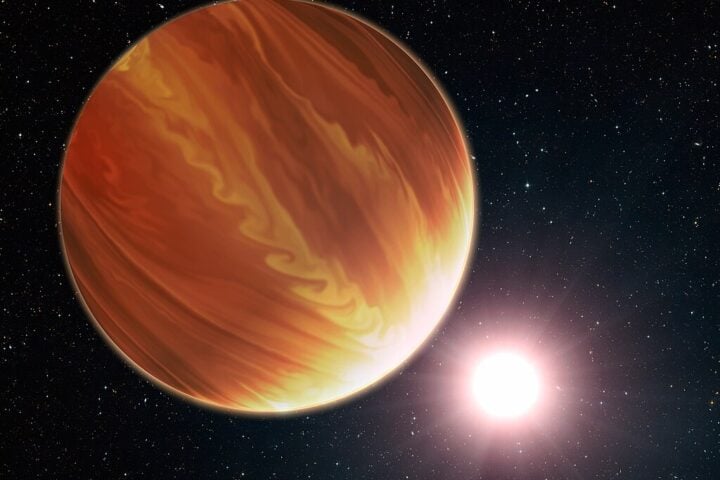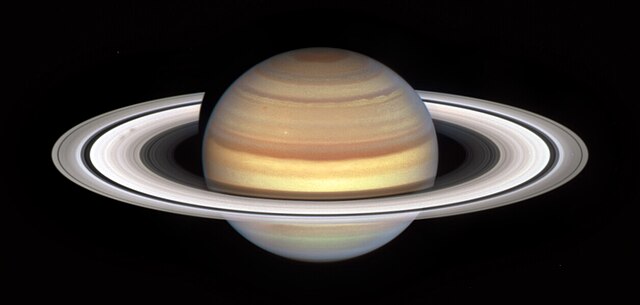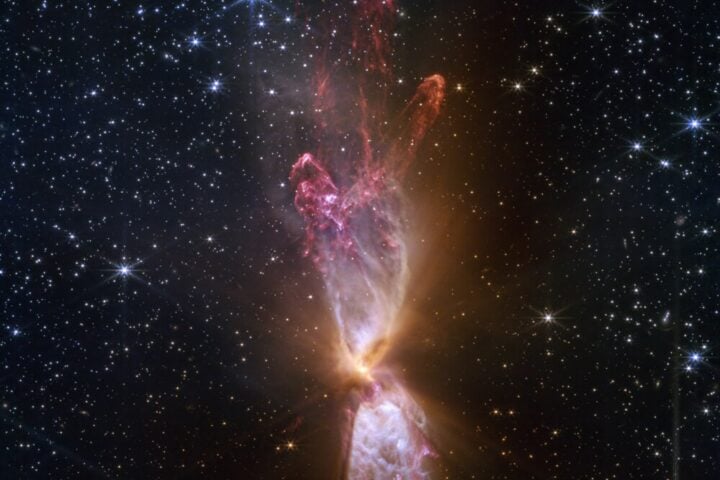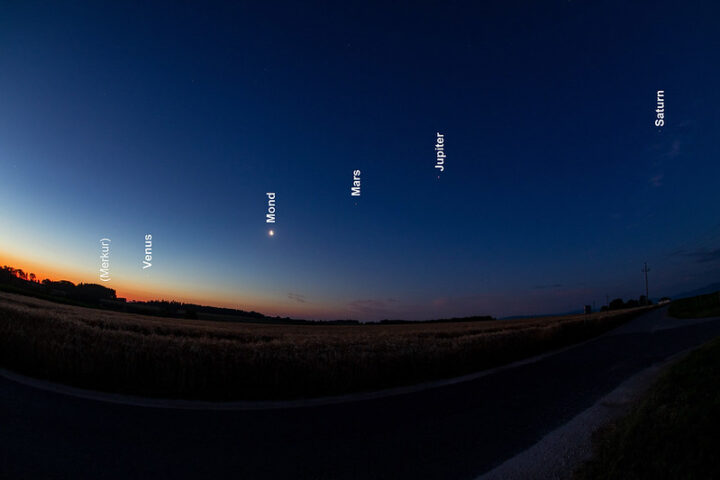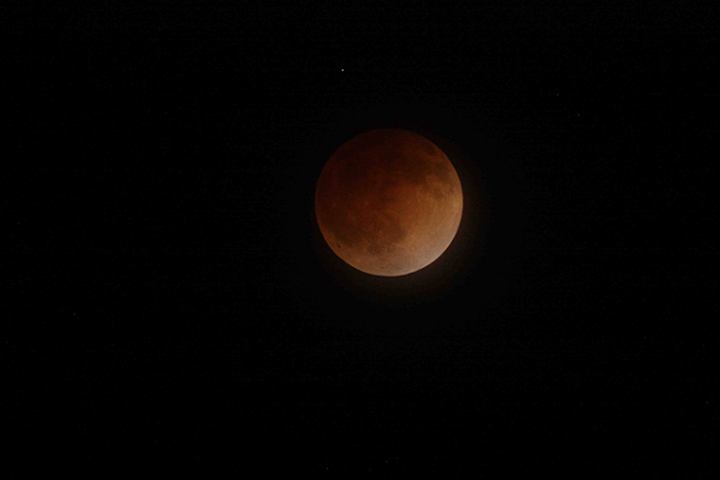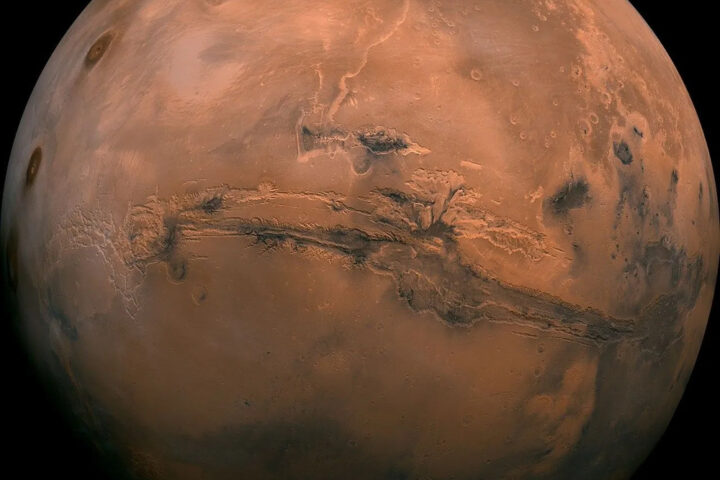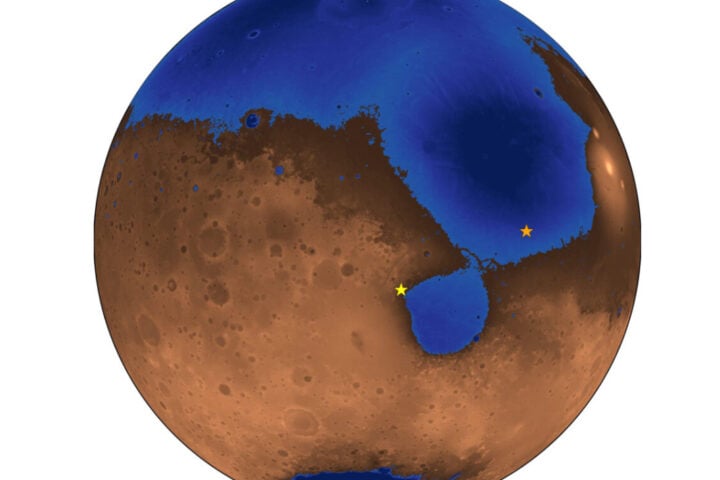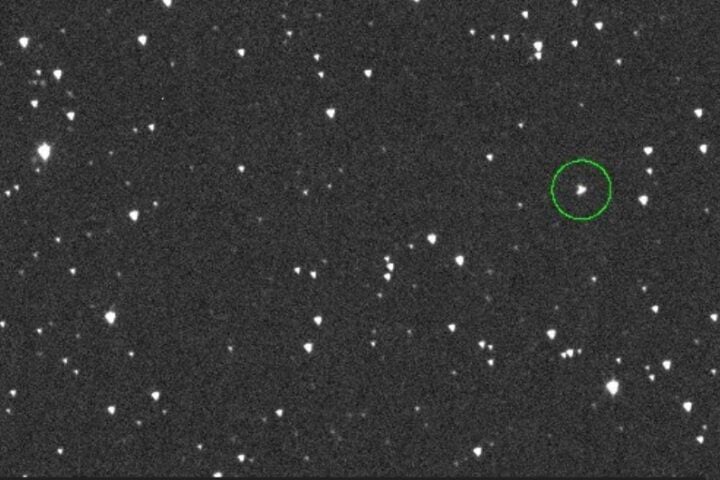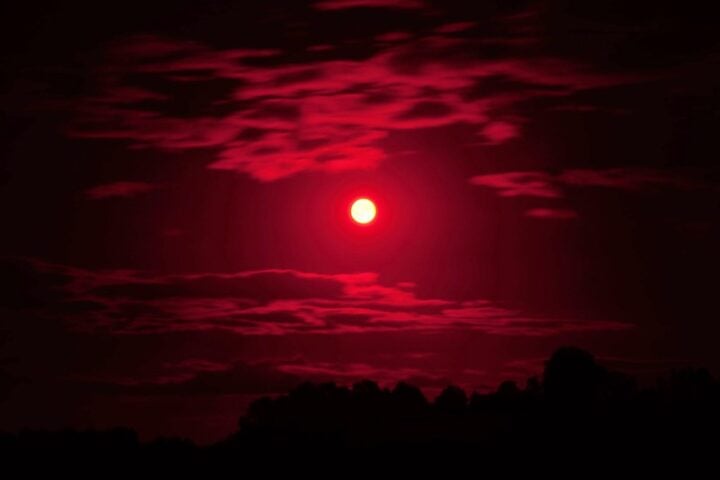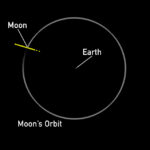The night sky will soon feature one of the most anticipated celestial events of spring – the April Pink Moon. Set to reach its peak on Saturday, April 12, 2025, at 8:22 PM EDT (or 1:22 AM BST on Sunday for UK viewers), this full moon carries special significance as it coincides with a micromoon, making it the smallest full moon of 2025.
Despite its poetic name, the Pink Moon won’t actually appear pink. The name comes from Native American traditions that connected lunar cycles with natural events – in this case, the blooming of moss pink or wild ground phlox, one of spring’s earliest wildflowers.
Finding a location with a clear view of the horizon, away from city lights, will enhance the viewing experience. Those interested in seeing more detail can use binoculars or a small telescope to observe the lunar surface.
A Distant Moon
What makes this full moon particularly notable is its status as a micromoon. The Moon’s orbit around Earth isn’t perfectly circular but elliptical, meaning the distance between Earth and Moon varies throughout each month.
Similar Posts:
A micromoon occurs when a full moon happens near its apogee – the point in the Moon’s orbit farthest from Earth. At approximately 252,000 miles away, this micromoon will appear about 14% smaller and 30% dimmer than a supermoon, which happens when the Moon is at its closest point to Earth.
For UK observers, the Pink Micromoon will rise around 9:08 PM BST on Saturday, with peak brightness occurring at 1:22 AM BST early Sunday morning.
Cultural Connections
Beyond its astronomical significance, the April full moon holds importance in various traditions worldwide.
In the Christian calendar, this full moon is known as the Paschal Moon, determining the date of Easter, which will fall on April 20, 2025 – the Sunday following this full moon.
For Hindus, the April full moon often coincides with Hanuman Jayanti, celebrating the birth of Lord Hanuman, while Buddhists in Sri Lanka observe this full moon as Bak Poya, commemorating Buddha’s visit to their country.
Scientific Interest
The micromoon also affects Earth in subtle ways. When the Moon is at its farthest point, its gravitational pull is slightly weaker, resulting in smaller tidal ranges than during a supermoon.
While the difference in the Moon’s apparent size might be difficult to notice with the naked eye, the reduction in brightness can be more apparent under clear, dark skies.

Micromoons aren’t rare events, typically occurring two to three times per year, but they receive less attention than their more famous counterparts, supermoons.
The April 2025 Pink Micromoon offers a perfect opportunity for casual stargazers and dedicated astronomers alike to appreciate the complex dance of celestial bodies that governs our night sky, while also connecting us to ancient traditions that used lunar cycles to mark the changing seasons.
Frequently Asked Questions
No, despite its name, the Pink Moon won’t actually appear pink. The name comes from Native American traditions referencing the blooming of wild ground phlox (moss pink), one of spring’s earliest wildflowers. The moon will appear in its typical silvery-white color, possibly with an orange tint when rising near the horizon.
A micromoon occurs when a full moon coincides with the moon being at its farthest point from Earth (apogee). The April 2025 Pink Moon will be approximately 252,000 miles away, making it appear about 14% smaller and 30% dimmer than a supermoon. This reduced size and brightness are the defining characteristics of a micromoon.
For viewers in the UK, the Pink Micromoon will rise around 9:08 PM BST on Saturday, April 12, 2025, and reach peak brightness at 1:22 AM BST early Sunday morning. The best viewing will be in locations away from city lights with a clear view of the horizon. In the US, it will peak at 8:22 PM EDT on Saturday, April 12.
No special equipment is needed to see the full moon, though binoculars or a small telescope can enhance the experience by revealing details on the lunar surface. The most important factor is finding a location with minimal light pollution and a clear view of the sky.
Yes, though subtly. When the moon is at its farthest point from Earth (as during a micromoon), its gravitational pull is slightly weaker, resulting in smaller tidal ranges compared to when it’s closer. However, these effects are minor and won’t be noticeable in everyday life.
The April full moon serves as the Paschal Moon in Christianity, determining Easter’s date (April 20, 2025). It also often coincides with Hindu celebrations of Hanuman Jayanti and Buddhist Bak Poya observances in Sri Lanka. Many cultures throughout history have used lunar cycles to mark seasonal changes and religious observances.
